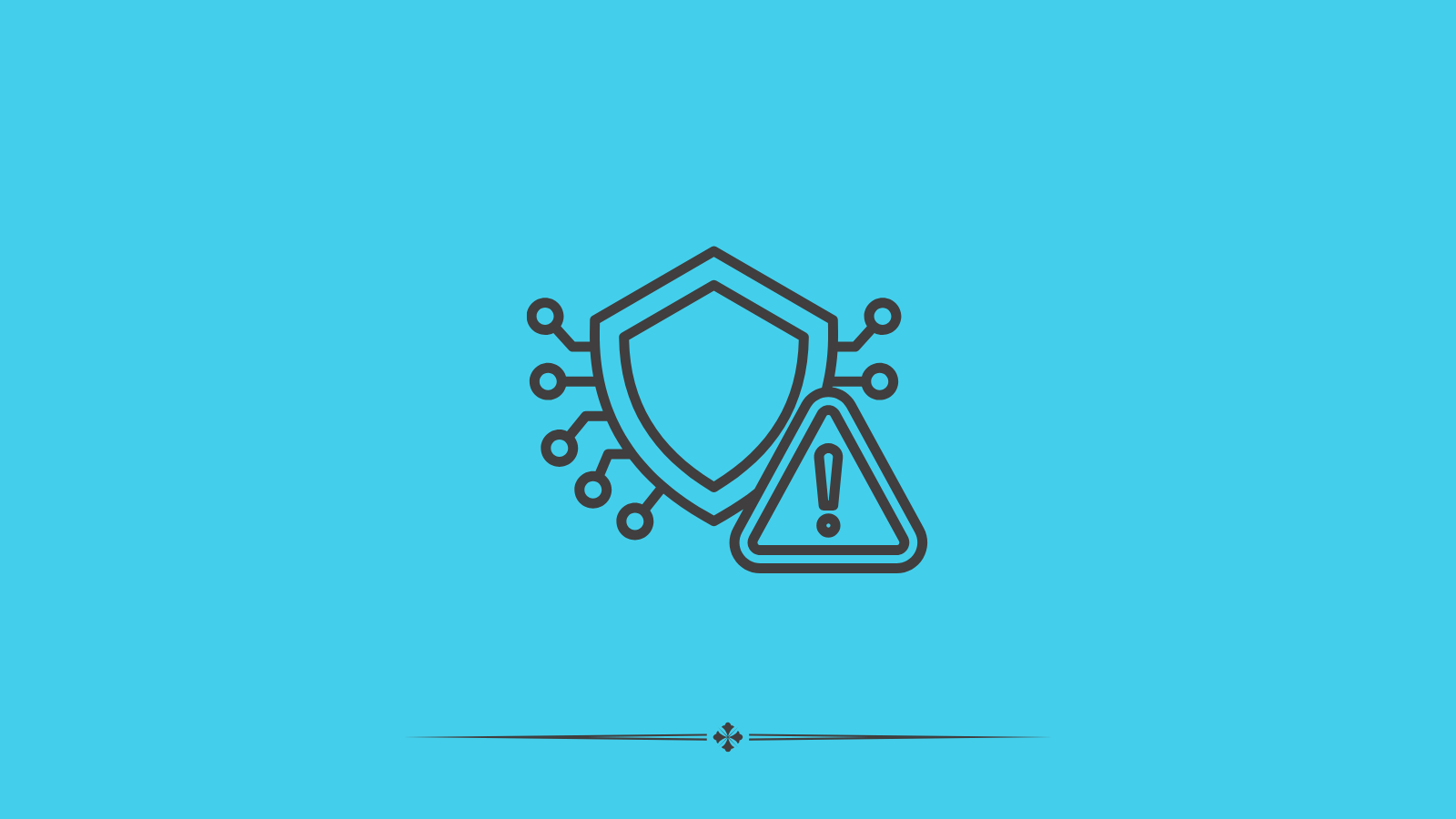The Importance of Threat Intelligence Feeds in Modern Cyber Defense

The number of cyber threats targeting businesses and individuals has increased significantly. From ransomware to phishing attacks, organizations face an ever-growing list of cyber risks.
This article explores the importance of threat intelligence feeds in modern cyber defense, how they work, and why they are a must-have in the cybersecurity toolkit of any business.
Chapters
What Are Threat Intelligence Feeds?

Threat intelligence feeds are continuous streams of data that provide information about potential and emerging cyber threats. They gather data from various sources, including open-source information, dark web monitoring, industry-specific forums, and even government databases.
These feeds collect data on a wide range of cyber threats, such as malicious IP addresses, domain names, file hashes, vulnerabilities, and malware signatures.
Key Data Included in Threat Intelligence Feeds
- Indicators of compromise (IoCs): Information about malicious domains, IPs, and file hashes that signal a possible security breach.
- Threat actor profiles: Data on known cybercriminal groups, their methods, and targets.
- Tactics, techniques, and procedures (TTPs): Insight into how cyber attackers operate, which helps businesses anticipate and block attacks.
- Vulnerabilities: Real-time information on software vulnerabilities and patches, helping organizations mitigate potential weaknesses before they are exploited.
Why Are Threat Intelligence Feeds Important for Modern Cyber Defense?
The dynamic nature of cybersecurity threats requires organizations to be proactive rather than reactive when protecting their systems.
Traditional security measures like firewalls and antivirus software are no longer enough to defend against sophisticated cyberattacks. This is where threat intelligence feeds become invaluable.
Here are the key reasons why threat intelligence feeds are essential for modern cyber defense:
Real-Time Threat Detection
One of the biggest advantages of cyber threat intelligence feeds is their ability to provide real-time threat detection. These feeds continuously monitor multiple sources and deliver up-to-the-minute information on new and emerging threats.
This enables security teams to identify potential risks before they materialize into full-blown attacks.
For example, when a new vulnerability is discovered, a threat intelligence feed can immediately notify the organization, allowing it to patch the vulnerability before attackers can exploit it.
Proactive Defense
In the modern cyber landscape, waiting for an attack to happen is not an option. By using threat intelligence feeds, organizations can proactively protect their networks by implementing defenses based on the latest threat data.
Instead of merely reacting to incidents, businesses can use threat intelligence to predict where attacks are likely to come from and adjust their security measures accordingly.
Proactive defense involves:
- Blocking known malicious IP addresses or domains.
- Updating security systems to detect the latest malware variants.
- Enforcing security policies based on the TTPs of recent threat actors.
With actionable insights from threat intelligence feeds, businesses can stop threats before they infiltrate their systems, minimizing potential damage.
Improved Incident Response
When a cyber-attack occurs, every second counts. The faster an organization can respond to an incident, the less damage it will suffer. Threat intelligence feeds enhance incident response by providing crucial information about the nature of the threat, its origin, and its potential impact.
With access to real-time threat data, security teams can quickly identify the indicators of compromise (IoCs) and take immediate action to contain and neutralize the threat.
Enhanced Security Decision-Making
Organizations need to make informed decisions when it comes to allocating resources for cybersecurity.
By using cyber threat intelligence feeds, decision-makers gain valuable insights into the most pressing threats facing their industry or region. This enables them to prioritize investments in security measures that address the most relevant risks.
For instance, if a specific industry is being targeted by a ransomware campaign, the business can use this intelligence to allocate resources toward strengthening its defenses against ransomware.
Better Threat Prioritization
Not all cyber threats are created equal. Some threats pose a significant risk to the organization, while others are less likely to cause harm. Threat intelligence feeds help organizations prioritize threats based on their severity, likelihood, and potential impact.
This threat prioritization allows security teams to focus their efforts on the most critical risks rather than wasting time and resources on low-level threats. For example, a feed may flag a critical zero-day vulnerability that needs immediate attention, while less pressing threats can be dealt with later.
Collaboration and Sharing Across Industries
One of the most powerful aspects of threat intelligence feeds is their ability to facilitate collaboration across industries.
Many threat intelligence feeds aggregate data from multiple organizations, allowing businesses to learn from the experiences of others in their sector. This shared intelligence helps to build a more robust collective defense against cyber threats.
For instance, many industries participate in Information Sharing and Analysis Centers (ISACs), where threat data is shared among businesses.
Dark Web Monitoring
Cybercriminals often communicate, plan attacks, and sell stolen data on the dark web. Monitoring the dark web for signs of malicious activity is a key feature of many threat intelligence feeds.
This enables organizations to detect when their data is being discussed or sold on underground forums and take steps to protect themselves.
For example, suppose login credentials for a company’s network are found on the dark web. In that case, the organization can act quickly to reset passwords and bolster its authentication protocols before the credentials are used in an attack.
Automation and Efficiency
In today’s fast-paced threat landscape, manual threat detection and analysis can be time-consuming and inefficient. Threat intelligence feeds can be integrated with automation tools that allow businesses to streamline their security operations.
By automating the collection, analysis, and dissemination of threat data, security teams can respond more efficiently and reduce the time needed to detect and mitigate threats.
Keeping Up with Evolving Threats
Cyber threats are constantly evolving, with new attack methods and malware variants emerging on a regular basis. Threat intelligence feeds help organizations stay up to date with the latest trends in cybercrime, ensuring that their security defenses are always aligned with current threats.
As new attack techniques are discovered, cyber threat intelligence feeds provide timely information that businesses can use to update their security policies, patch vulnerabilities, and block malicious activity.
Key Features of Effective Threat Intelligence Feeds

When choosing a feed to incorporate into your organization’s cyber defense strategy, it’s essential to consider the key features that make it effective. Here are some critical features to look for:
Comprehensive Data Coverage
A high-quality threat intelligence feed should pull data from a wide range of sources, including open-source databases, industry-specific forums, dark web monitoring, and government security agencies. The more comprehensive the data coverage, the more valuable the feed will be for identifying threats.
Real-Time Updates
Cyber threats change rapidly, and businesses need access to real-time data to stay ahead of attackers. Look for threat intelligence feeds that offer continuous, real-time updates so you can respond to threats as soon as they emerge.
Integration with Security Tools
For maximum effectiveness, these feeds should integrate seamlessly with your existing security infrastructure, such as firewalls, intrusion detection systems (IDS), and Security Information and Event Management (SIEM) platforms.
This ensures that threat data is automatically fed into your security tools, enabling faster detection and response.
Customization Options
Every business has unique security needs, so it’s important to choose a threat intelligence feed that allows for customization. This could include setting filters to receive only relevant threat data, creating custom alerts based on specific threats, or tailoring reports to your organization’s industry.
Actionable Insights
Raw data is valuable, but actionable insights are even more important. An effective cyber threat intelligence feed should provide contextual information that helps security teams understand the significance of the threat and the steps they need to take to mitigate it.
Conclusion
In the rapidly changing cyber threat landscape, the feeds play a vital role in helping businesses stay protected.
By providing real-time data, enhancing incident response, and enabling proactive defense, these feeds empower organizations to mitigate risks and respond to cyber threats more effectively.
Incorporating cyber threat intelligence into a business’s strategy is an essential step for strengthening its cybersecurity posture. With comprehensive, real-time intelligence at its fingertips, a business can stay ahead of attackers and maintain a strong defense against emerging threats.
Create more and better content
Check out the following resources and Grow!